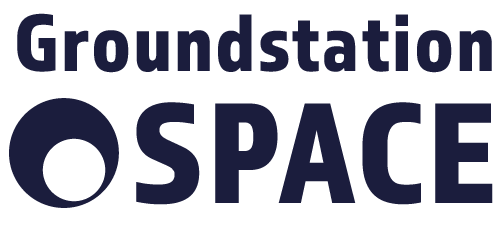Vega rocket launch offers opportunities for Dutch commercial space

The Vega Small Spacecraft Mission Service (SSMS) will launch over forty small satellites in one go, during its planned launch on 17 August. This is the first European space agency ESA launch that is fully dedicated to small satellites. The launcher carries many Dutch innovations and hardware, that will lead to new, commercial opportunities in the area of small satellite technology.
Cubesat specialist ISIS from Delft is involved in the launch in several ways. The company manages the complete launch for several clients, developed hardware for Vega to put different satellites into their correct orbits and it built three of the 41 satellites: Simba, for monitoring the Earth’s heat balance; Dido-3, for studying E-coli bacteria under microgravity and a cubesat for the Thai Air Force.

“This is the first European launch that is fully dedicated to small satellites”, says ISIS founder and CEO Jeroen Rotteveel. “I hope that we will see more of this type of launches in the future, making access to space for small satellites more affordable.”
Jeroen Glazener of the Netherlands Space Office (NSO) thinks this will certainly happen: “The Dutch government has always stimulated the development of small satellites and a smaller launcher like Vega. We see the demand for small satellites increase and with that we see new commercial opportunities for the Dutch space sector. This Vega launch showcases the increase in opportunities for this market.”
Artificial Intelligence in Space
One of the satellites on board Vega has seen involvement from two Dutch companies: Lens R&D and Capable. They developed the sun sensors and cabling of ESAIL respectively, a satellite that tracks ships at sea through their AIS signals. If a ship encounters problems, this will be noticed through this signal.
Cosine is another company looking forward to the Vega launch. With NSO support, this Dutch company developed Hyperscout-2, a smart instrument that recognises for example wild fires, floods and droughts from space. Installed on the small Phi-Sat the instrument uses artificial intelligence, a first in space. With this, the instrument recognises clouds, sending only cloud-free back to Earth.

Cosine’s Marco Esposito: “I have high expectations of Hyperscout’s commercial potential. It combines heat imaging technology and artificial intelligence in a very compact instrument, which has been optimised for nano-satellites. It is unique in its sort and in addition it is relatively affordable.”
Dutch Rocket Components
Dutch space industry not only contributed to the SSMS satellites. The Vega rocket that will launch them into space contains Dutch contributions. The interstage module, that connects the first and second rocket stages of the 30-meter tall launcher, was built by Airbus Defence and Space Netherlands in Leiden. The igniters of the three solid rocket motors were built by Brabant-based Advanced Propulsion Products (APP).
The commercial potential of the Hyperscout-2 product is very promising, as this is the first time that a hyperspectral camera, heat imaging technology and artificial intelligence are combined in a compact instrument optimised for use on nano-satellites. It is suitable for both scientific and operational space missions, allowing for relatively cost-effective constellations.
Note 1: Translated from Dutch on 27 July 2020. Original post by Netherlands Space Office NSO on 17 June 2020 can be found here (in Dutch)
Note 2: The Vega VV16 launch was originally planned for 19 June, but was postponed several times to 17 August at the time of translating this article.













